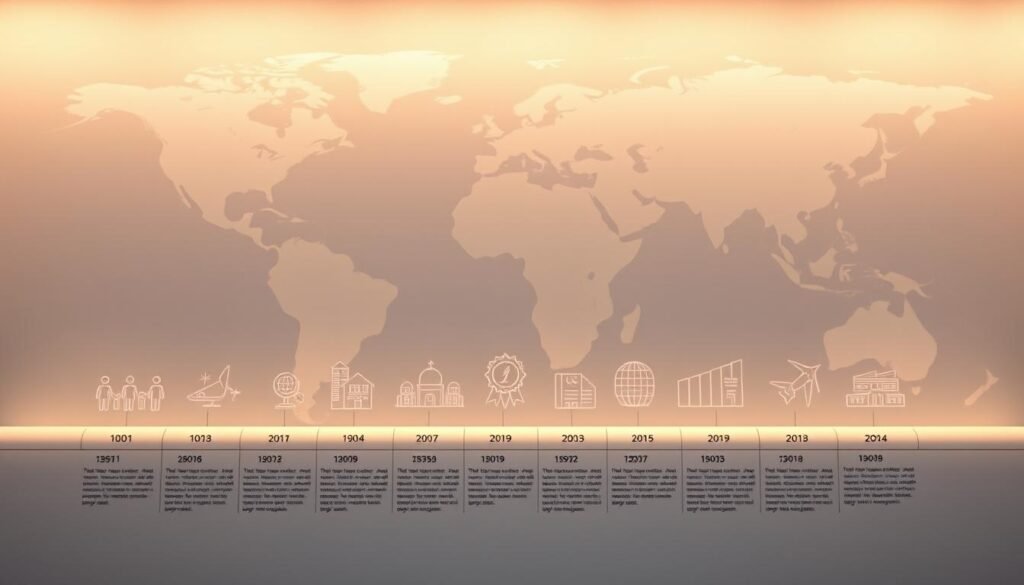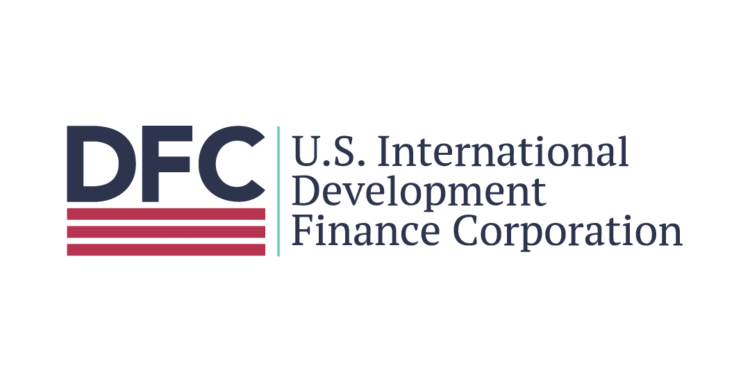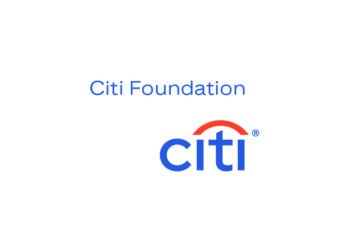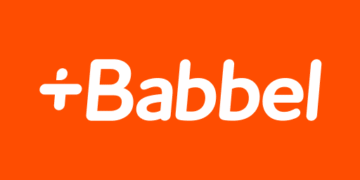What if the most powerful tool for global progress wasn’t a handout, but an investment? This question lies at the heart of a modern approach to international aid. The United States created a unique entity to put this idea into practice.
This development finance corporation was born from a significant legislative act. The BUILD Act of 2018 authorized its creation. It officially launched in late 2019 by merging several existing organizations.
The goal was to form a single, more powerful agency. This new institution focuses on investing in projects within lower and middle-income nations. It aims to spark economic growth and stability.
The entity operates as an independent part of the federal government. Its headquarters are in Washington, D.C. The organization’s mission is captured in its motto: “Investing in Development.”
This finance corporation uses private sector capital to achieve public goals. It represents a strategic shift in how the United States engages with emerging markets. This approach blends development objectives with national interests.
Key Takeaways
- The DFC is the primary U.S. government institution for development finance.
- It was established by the BUILD Act and began operations in December 2019.
- The agency consolidates several previous development finance entities.
- Its core mission is to invest in projects in lower and middle-income countries.
- The DFC leverages private capital to achieve developmental goals.
- It operates as an independent agency headquartered in Washington, D.C.
- The corporation represents a strategic tool for U.S. foreign economic policy.
Foundation and Evolution of the Development Agency
A significant transformation in how America approaches global development started with President Nixon’s 1969 initiative to create a more business-focused institution. This move transferred development finance functions from traditional aid agencies to a new entity designed for commercial efficiency.

Historical Overview from OPIC to DFC
The Overseas Private Investment Corporation emerged as the primary vehicle for American development finance. It represented a shift toward market-based solutions in international assistance.
By the 2010s, changing global dynamics prompted reevaluation. The Obama administration recognized the need for modernization amid China’s expanding Belt and Road Initiative.
The Trump administration initially proposed eliminating OPIC entirely. However, strategic reconsideration led to support for a more powerful institution aligned with foreign policy objectives.
Implications of the BUILD Act
The BUILD Act received strong bipartisan support when introduced in 2018. Researchers at the Center for Global Development helped shape the legislation.
This landmark law fundamentally expanded the agency’s capabilities. It permitted equity investments rather than just loans and eased citizenship requirements for partners.
The legislation also allowed greater risk tolerance and local currency lending. Most significantly, the spending cap more than doubled from $29 billion to $60 billion.
These changes positioned the new development credit authority as a strategic counter to Chinese investment abroad. The evolution reflected bipartisan consensus on modernizing American economic statecraft.
Mission, Goals, and Investment Priorities
The agency’s mission weaves together ambitious global development targets with clear national strategic interests. Its work aims to advance economic growth, support U.S. foreign policy goals, and protect American taxpayer funds.

Strategic Objectives and Global Impact
This is achieved by mobilizing private investment in lower and middle-income nations. The institution uses a powerful toolkit. This includes loans, guarantees, and direct equity investments.
It also offers political risk insurance. This protection encourages businesses to invest in challenging markets. The goal is to build stability and create sustainable jobs abroad.
Key Sectors and Development Finance Initiatives
Investments focus on critical areas like energy, healthcare, and technology. Food security and sanitation are also high priorities. These projects address fundamental needs in partner countries.
Thematic goals include women’s economic empowerment through the 2X Women’s Initiative. Bolstering global supply chains is another key focus. The entity collaborates on programs like Power Africa and Prosper Africa.
These efforts promote trade and counter other nations’ influence. They demonstrate a modern approach to international development.
U.S. International Development Finance Corporation in Action
From critical minerals to digital infrastructure, the agency’s projects span diverse development needs. These real-world examples show how strategic finance creates tangible impact.
Case Studies of Notable Projects
The organization provided $30 million in equity financing for a Brazilian mining facility. This project produces nickel and cobalt for technology and clean energy industries.
A massive $553 million loan upgraded 800 miles of railway in the DRC and Angola. This infrastructure project also repaired a key mineral port for resource access.
Digital expansion received support through $50 million for data centers in four African nations. These facilities in Kenya, Ghana, Morocco, and Liberia counter other digital initiatives.
Examples of Geostrategic Investments and Impact
In May 2020, special authority was delegated for COVID-19 response loans. This move aimed to strengthen essential supply chains during the pandemic.
A controversial $765 million loan to Kodak sought to reduce foreign drug reliance. The deal faced scrutiny over insider trading allegations and loan terms.
Additional pandemic response included funding for ApiJect Systems. These investments demonstrated adaptability to urgent national priorities.
Key Challenges, Reforms, and Future Prospects
The institution faces mounting pressure to reform its processes while maintaining accountability to American taxpayers. Congressional reauthorization by October 2025 is essential for continued operations. Experts propose doubling the spending cap to enhance global competitiveness.
Policy, Risk, and Bureaucratic Hurdles
Budget rules create significant barriers for strategic tools. Equity investments are treated as immediate expenditures without accounting for potential returns. This artificial constraint limits one of the agency’s most powerful instruments.
Bureaucratic processes slow project approval significantly. Transactions over $10 million trigger congressional notifications that can delay work for months. Staff often add duplicative reviews due to litigation concerns.
Outdated regulations tied to expired trade laws restrict operational locations. The entity cannot make sovereign loans and limits support for state-owned enterprises. This hampers work in critical sectors like minerals and digital infrastructure.
Recommendations for Enhancing Operational Efficiency
Reform advocates highlight several key improvements. Fixing equity scoring methodologies would unlock greater investment capacity. Eliminating strict income classifications would allow more strategic flexibility.
Streamlining approval processes could accelerate project deployment. Addressing the stark resource disparity with global competitors is also crucial. The institution employs under 700 staff compared to Chinese counterparts with thousands.
These changes would better position the agency to mobilize private sector capital effectively. They balance strategic risk-taking with appropriate safeguards for taxpayer funds.
Conclusion
Congressional decisions in the coming years will shape America’s development finance capabilities for decades. The upcoming reauthorization represents a critical juncture for this vital institution.
The DFC has demonstrated its value through strategic investments that blend development goals with national interests. This agency faces the dual challenge of promoting sustainable growth abroad while advancing foreign policy objectives.
Reforms addressing bureaucratic hurdles and budget constraints could unlock the institution’s full potential. The future of American development finance depends on empowering this agency with the tools needed for global competition.
FAQ
What is the primary purpose of the U.S. International Development Finance Corporation?
The agency’s main goal is to mobilize private capital for projects in developing nations. It provides tools like loans, political risk insurance, and equity investments. This work supports economic growth and advances U.S. foreign policy interests in key regions.
How does the DFC differ from its predecessor, OPIC?
The modern finance corporation has a broader mandate and a higher investment cap. It can make larger equity investments and use a wider range of financial tools. This evolution, driven by the BUILD Act, makes it a more powerful tool for global development.
In which sectors does the DFC typically invest?
The organization prioritizes several critical areas. These include energy, healthcare, technology, and infrastructure. It also focuses on projects that strengthen supply chains and promote small business growth in emerging markets.
What role does the DFC play in countering initiatives like China’s Belt and Road?
The agency offers a transparent, high-standard alternative for infrastructure financing. By supporting projects with strong environmental and labor standards, it provides partner countries with sustainable options. This aligns with broader strategic efforts to promote stability and secure supply chains.
What types of financial products does the DFC offer?
It provides a suite of services to de-risk projects and attract private investment. Key products include direct loans, guarantees, political risk insurance, and equity financing. The Development Credit Authority also facilitates smaller loans through local financial institutions.
Can the private sector apply for DFC support directly?
Yes, businesses, investors, and financial institutions can propose projects for support. The agency evaluates proposals based on their development impact, financial soundness, and alignment with its strategic priorities. Technical assistance is often available to help structure viable projects.





